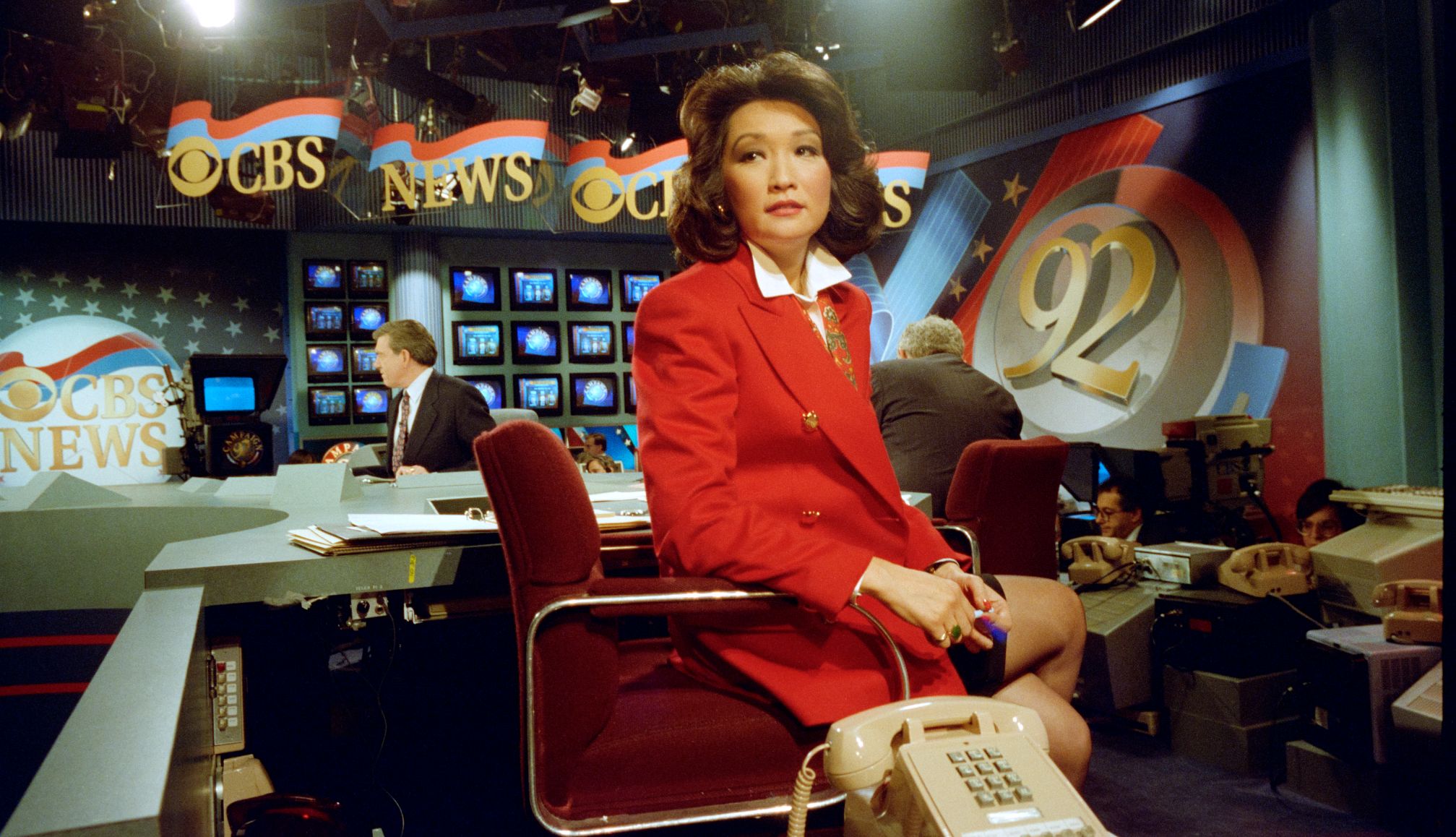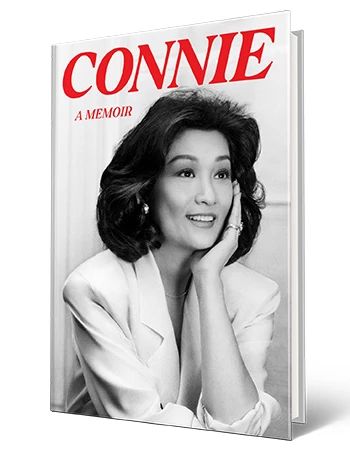AARP Hearing Center


In her new book, Connie: A Memoir (Sept. 17), Chung, 78, describes her life and career — including how she was hired for a plum reporting job at CBS in 1971. It was an era in TV journalism when “all I saw around me was a sea of white men,” she writes in her memoir. But a new push for diversity at the network gave her the chance she needed to prove and hone her skills on camera. More than two decades later, she’d become the first woman to coanchor the CBS Evening News.
The following is an adapted excerpt from Connie: A Memoir.
On October 1, 1971, I jumped into an ocean, having barely learned to tread water. I had been in the news business all of two years and on the air as a reporter for only one of them. Yet I was hired by CBS News, the most prestigious nationwide television network, led by the most trusted man in America, Walter Cronkite, the television anchorman I worshipped. Since no women anchored hard news, I had chosen Cronkite as my role model. I wanted to be just like “Uncle Walter,” as he was known across the nation, the man my family and millions more tuned in to watch religiously every evening.
The Columbia Broadcasting System (CBS) was an empire created by William S. Paley, who was described by the New York Times as the personification of “power, glamour, allure and influence.” He and his fashion icon wife, Babe, were the darlings of New York high society.


Paley was still chairman of CBS when I arrived at his doorstep. It was a thrill to meet the pioneering figure and his legendary right-hand man, Frank Stanton, president of CBS, who championed First Amendment rights on behalf of the entire television news industry. Whenever Washington tried to interfere in what television news was reporting, Stanton would eloquently testify on Capitol Hill, a stalwart defender of freedom of the press. I had only read about these legends in newspapers, and now I was working for them. These were the glory days of broadcast news. CBS was called the Tiffany Network because it established the gold standard in entertainment and news. That’s because Paley created a ratings juggernaut in prime time with shows that hauled in the money, like I Love Lucy, Gunsmoke, All in the Family, Playhouse 90, and The Jack Benny Program. He once told the CBS star correspondents at a dinner, “Don’t worry about that” — meaning cost. “I’ve got Jack Benny to make money for me. You guys cover the news.” Paley’s shows provided the profits. His news division gave him prestige.
How did I get to plant my feet in this wonderland of respected journalists, where my idol Walter Cronkite was the lovable, trusted king? It was a dream that came true because of timing, a connection, and who I was — a woman and a minority.
Let’s start with the Civil Rights Act, signed by President Lyndon B. Johnson on July 2, 1964, “the most sweeping civil rights legislation since Reconstruction,” as the National Archives put it. The act outlawed discrimination in hiring because of race, color, religion, sex, or national origin. It also created the Equal Employment Opportunity Commission (EEOC) to hear grievances and to correct them.



































































You Might Also Like
Connie Chung Is Fierce and Funny at 78
Journalist dishes on how she dealt with ‘the boys’ in the newsroom, the strain of marijuana named after her and more
Tiger Woods Connects With Dad
James Patterson’s book highlights how the golf pro worked out at his father’s old military training ground
Tips to Write Your Memoir
From how to get organized to finding support, here’s how to start telling your story
Recommended for You